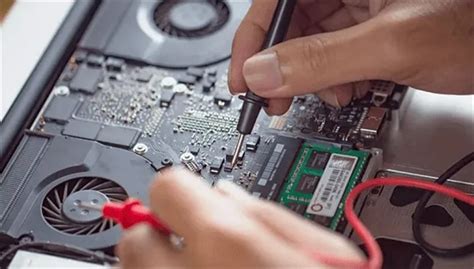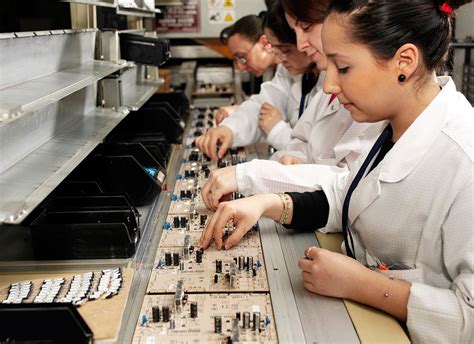Maximizing Profit with Outsourced Electronics Assembly Services
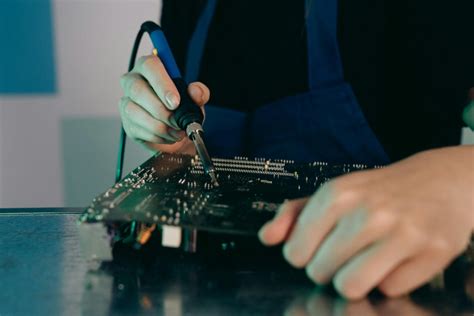
Key Takeaways
Outsourcing electronics assembly, particularly PCB assembly (also known as PCBA), offers significant advantages for businesses looking to optimize their operational efficiency and profit margins. First and foremost, when companies engage specialized assembly services, they often discover that these organizations bring a level of expertise and technological proficiency that in-house teams may lack. By leveraging these specialized services, firms can focus on their core competencies while ensuring high-quality production standards.
One key aspect of effective partnership management is the establishment of clear communication channels with the outsourcing partner. Regular updates and feedback loops facilitate smoother collaboration, ultimately leading to better project outcomes. Furthermore, understanding the intricacies of cost reduction techniques is crucial. For instance, evaluating potential savings on labor, overhead, and material costs can significantly impact a company’s bottom line.
In addition to cost considerations, enhancing efficiency through specialized electronics assembly can help streamline production processes. This may include adopting advanced technologies that allow for quicker turnaround times and reduced error rates. Providing a comparative analysis through a table can help visualize the efficacy of different outsourcing strategies:
| Strategy | Benefits | Potential Drawbacks |
|---|---|---|
| Partnering with Specialists | High-quality production, expertise | Potentially higher upfront costs |
| Local vs. Offshore Outsourcing | Lower shipping times | Risk of limited cost savings |
| Long-Term Partnerships | Stable pricing, better negotiations | Risk of dependency on a single partner |
In summary, the adoption of outsourced electronics assembly through strategic partnerships not only invites notable efficiency improvements but also encourages significant profitability gains for businesses ready to embrace this model and adapt it to their specific operational needs.
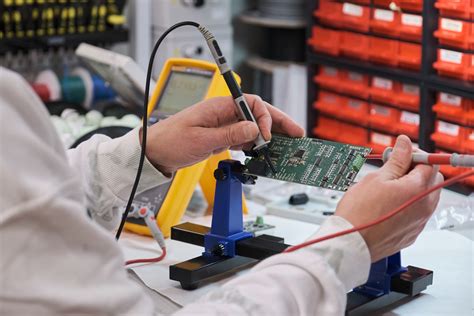
Understanding Electronics Assembly Outsourcing
Outsourcing electronics assembly, particularly services like PCB assembly and PCBA, allows businesses to leverage external expertise while focusing on core competencies. This approach not only streamlines production processes but also reduces capital investment in manufacturing equipment and facilities. By partnering with specialized firms, companies can tap into cutting-edge technology and skilled labor that would otherwise be difficult to access. It’s essential to recognize that outsourcing does not merely mean transferring tasks abroad; it involves forming a strategic alliance with suppliers who can deliver high-quality results efficiently.
"To maximize the benefits of outsourcing, companies should maintain clear communication and establish mutually beneficial goals with their partners."
Cultivating a robust relationship with an outsourcing partner enhances trust and can lead to improved problem-solving capabilities. Furthermore, understanding the intricacies of the PCBA process—such as design requirements and testing protocols—ensures that products are manufactured to specifications, reducing the likelihood of errors and defects. This collaboration is fundamental to optimizing the entire lifecycle of electronic products, ultimately contributing to greater operational effectiveness and profitability for businesses embracing these outsourcing strategies.
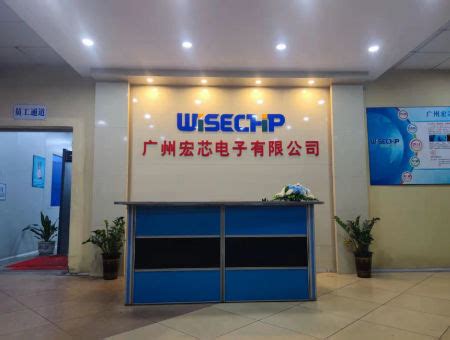
Benefits of Outsourcing Electronics Assembly for Businesses
Outsourcing electronics assembly, particularly PCB assembly or PCBA, offers numerous advantages that can significantly benefit businesses across various industries. By leveraging specialized outsourcing partners, companies can focus on their core competencies while ensuring that their assembly processes are handled by experts equipped with advanced technologies. This approach not only streamlines operations but also fosters greater flexibility as businesses can rapidly adjust to changing market demands without the burden of maintaining large in-house teams. Furthermore, partnering with experienced service providers allows companies to take advantage of economies of scale, thereby reducing overhead costs associated with labor, materials, and equipment. The integration of state-of-the-art techniques in pcba services also leads to improved product quality and reliability, minimizing the risk of defects and ensuring customer satisfaction. Ultimately, outsourcing electronics assembly empowers businesses to enhance their resource allocation and operational efficiency while remaining competitive in a fast-evolving landscape. The strategic adoption of outsourcing practices is thus an essential consideration for companies aiming to optimize their production capabilities and profitability.
Key Strategies for Effective Partnership Management
Managing partnerships effectively in outsourced pcb assembly operations is critical for maximizing profit and ensuring operational success. One of the foremost strategies is to establish clear communication channels. This involves regular updates, feedback loops, and a shared understanding of project goals between your business and the outsourcing partner. By fostering transparency, both parties can address issues proactively, rather than reactively, which enhances overall efficiency.
Another vital aspect is setting measurable performance indicators. These metrics should align with both parties’ objectives and allow for continuous assessment of the pcba services being provided. By monitoring these indicators, businesses can identify areas needing improvement and collaborate with their partners to implement necessary adjustments.
Furthermore, building a strong relationship based on trust and reliability is essential. This often requires investing time in understanding your partner’s capabilities and limitations. A reliable outsourcing partner will not only adhere to quality standards but also contribute valuable insights that could lead to improved processes and innovation in the assembly line.
Ultimately, the goal is to create a collaborative environment where both the business and its outsourcing partner feel invested in mutual success. Leveraging these strategies can lead to more effective management of outsourced electronics assembly services, ensuring profitability while enhancing service quality.
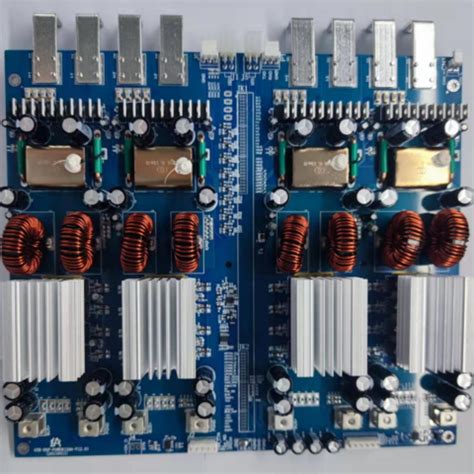
Cost Reduction Techniques in Outsourced Assembly Services
Implementing cost reduction techniques in outsourced assembly services is vital for businesses looking to maximize profit while maintaining high-quality standards. One effective approach involves optimizing the pcb assembly process, which can lead to substantial savings. By partnering with specialized providers, companies can benefit from economies of scale that enable them to lower operational costs. Additionally, automating certain elements of the pcba process can further streamline production workflows and minimize labor costs. Employing robust project management tools ensures transparency and effective communication with outsourcing partners, reducing the risk of errors and rework that can inflate expenses. Moreover, conducting regular assessments of the outsourced assembly’s performance allows businesses to identify inefficiencies and implement corrective measures promptly. Leveraging data analytics will enable companies to track their spending patterns and highlight areas ripe for cost reduction. By adopting these strategies, organizations can enhance their financial performance while reaping the benefits of outsourced electronics assembly services.
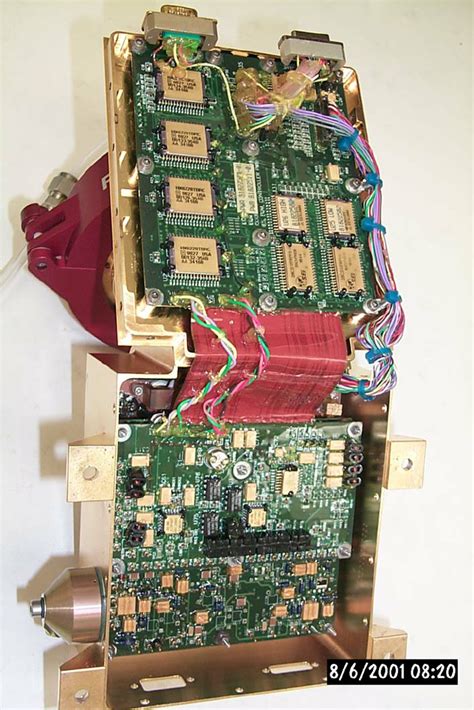
Enhancing Efficiency Through Specialized Electronics Assembly
Outsourcing electronics assembly—particularly in the realm of PCB assembly (Printed Circuit Board Assembly)—has emerged as a critical strategy for companies aiming to improve operational efficiency. By partnering with specialized service providers, businesses can leverage advanced technologies and expertise that may be unattainable internally. This move not only accelerates production timelines but also leads to higher quality outputs, thanks to the refined processes employed by contract manufacturers. Emphasizing components such as optimized workflow and specialized skill sets allows for a smoother assembly process, which is particularly beneficial in the competitive landscape of PCBA (Printed Circuit Board Assembly) services. Moreover, delegating electronic assembly tasks enables companies to focus on their core competencies, streamline their supply chains, and reduce overhead costs significantly. This holistic approach fosters better resource allocation and enhances productivity by ensuring that every aspect of the manufacturing process is in expert hands. Ultimately, engaging with skilled outsourcing partners in electronics assembly paves the way not only for immediate efficiency gains but also for sustained long-term growth within dynamic market conditions.

Best Practices for Selecting an Outsourcing Partner
Selecting the right outsourcing partner for pcb assembly is a critical decision that can significantly impact the overall success of your electronics production. To begin with, it’s essential to assess the technical expertise of potential partners, specifically in areas related to pcba capabilities. Look for providers who not only have a proven track record in electronics assembly, but also possess advanced equipment and skilled personnel capable of handling complex projects.
Additionally, consider their commitment to quality assurance and adherence to industry standards; a partner that prioritizes these factors will likely enhance your product’s reliability. Communication is another vital element in this process. Establishing clear expectations and maintaining open lines of communication can help in resolving issues more swiftly and fostering a productive relationship.
Furthermore, examining their flexibility regarding production volumes and timelines can also provide insight into how well they might align with your business needs. Finally, conducting thorough due diligence by checking references and customer reviews will offer invaluable perspectives on their performance and reliability. By following these best practices, businesses can maximize the benefits of their outsourcing strategy, ensuring that their partnership in pcba not only achieves operational efficiency but also contributes positively to profitability and growth.
Measuring Profitability in Outsourced Electronics Operations
In the realm of outsourced electronics assembly, organizations increasingly seek to assess the profitability of their partnerships in the manufacturing process. Evaluating profitability goes beyond mere financial metrics; it involves a comprehensive analysis of how pcb assembly operations contribute to overall business performance. Key indicators such as production efficiency, defect rates, and turnaround times should be measured to gauge the effectiveness of pcba processes. Moreover, companies should regularly review their outsourcing agreements and set performance benchmarks that align with their strategic objectives. By incorporating feedback loops into the partnership management process, organizations can streamline communication with their outsourcing partners, ensuring that all parties remain focused on shared goals. Ultimately, by leveraging data analytics and key performance indicators (KPIs), businesses can fine-tune their outsourcing strategies and make informed decisions that drive profitability in an increasingly competitive market.
Future Trends in Electronics Assembly Outsourcing
As companies look toward the future of electronics assembly outsourcing, several key trends are emerging that could reshape the industry landscape. One significant trend is the increasing reliance on smart manufacturing technologies, including automation and artificial intelligence, that drive efficiency in pcb assembly processes. These technologies enable faster production times and reduce the potential for human error, making them attractive to businesses eager to enhance their pcba outputs. Additionally, companies are exploring more sustainable practices within their outsourcing strategies, focusing on environmentally friendly materials and processes that mitigate waste and promote recycling. The demand for flexibility in operations is also rising, encouraging outsourcing partners to adopt modular systems that can easily adjust to fluctuation in demand or production needs. Collaboration tools have advanced significantly, making real-time communication between outsourced teams more effective, thus ensuring quality control throughout the electronics assembly process. As businesses look to maximize profitability through these innovations, it is crucial for them to remain proactive in understanding the evolving dynamics of outsourcing partnerships and how these trends can lead to more informed decision-making and ultimately better financial outcomes.
Conclusion
Outsourcing electronics assembly has become a strategic move for many companies aiming to enhance productivity and streamline operations. By engaging specialized service providers in pcb assembly, businesses can achieve significant cost reductions associated with labor and overhead. Not only does this shift free internal resources for core business functions, but it also allows firms to tap into advanced technologies and skilled labor that may not be available in-house. Effective partnership management is paramount; companies must carefully select their outsourcing partners to ensure alignment with organizational goals. Through maintaining open communication and establishing clear performance metrics, businesses can better measure the profitability of their outsourced pcba operations. Looking ahead, trends indicate that the reliance on outsourced assembly will grow as industries seek to enhance their operational efficiencies and adapt swiftly to market changes. Embracing these changes today is critical for long-term success in a competitive landscape.
FAQs
What is electronics assembly outsourcing?
Electronics assembly outsourcing involves contracting specialized companies to handle the assembly of pcba (printed circuit board assembly) for various electronic products, allowing businesses to focus on core competencies.
What are the benefits of outsourcing pcb assembly?
Outsourcing pcb assembly can lead to significant cost savings, access to advanced technology, improved scalability, and enhanced production efficiency. It enables companies to leverage specialized skills that may not be available in-house.
How do I choose the right outsourcing partner for my electronics assembly?
When selecting an outsourcing partner for pcba, it’s vital to assess their experience, technical capabilities, quality control processes, and past client reviews. Engaging them in preliminary discussions can also help understand their communication style and reliability.
Can outsourcing improve efficiency in electronics manufacturing?
Yes, by utilizing dedicated experts for pcb assembly, businesses can improve their overall production speed and quality. Outsourcing allows companies to streamline operations and focus on design and innovation rather than manufacturing details.
What are some common challenges in managing outsourced electronics assembly?
Common challenges include communication barriers, managing quality control remotely, and ensuring timely delivery. It’s essential to establish clear expectations and maintain ongoing communication with the outsourced team.





